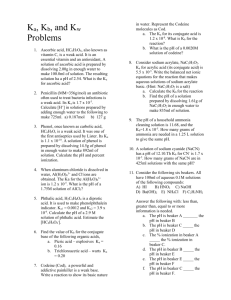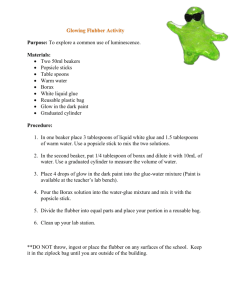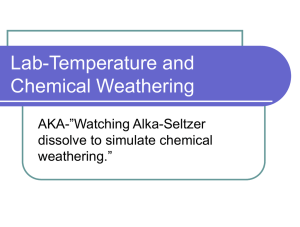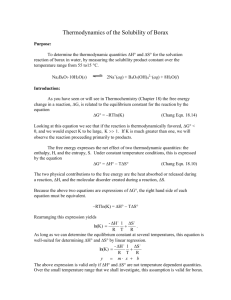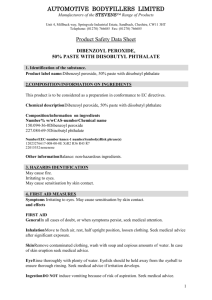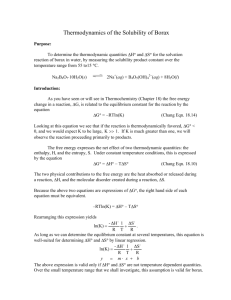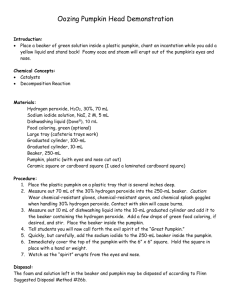Word
advertisement
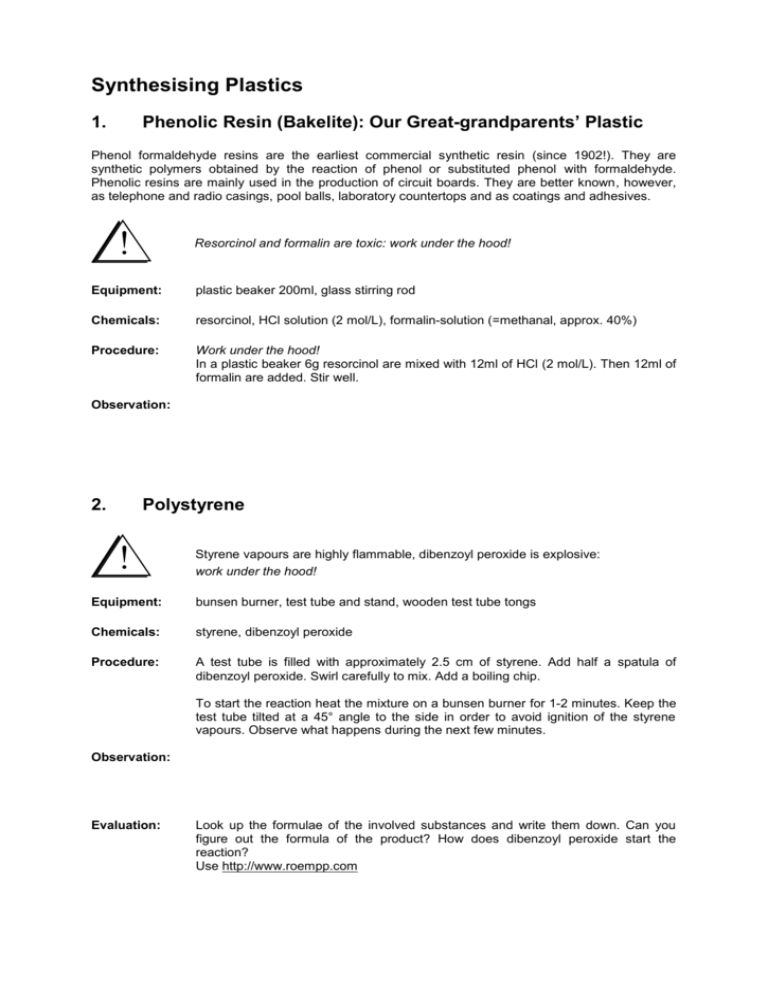
Synthesising Plastics 1. Phenolic Resin (Bakelite): Our Great-grandparents’ Plastic Phenol formaldehyde resins are the earliest commercial synthetic resin (since 1902!). They are synthetic polymers obtained by the reaction of phenol or substituted phenol with formaldehyde. Phenolic resins are mainly used in the production of circuit boards. They are better known, however, as telephone and radio casings, pool balls, laboratory countertops and as coatings and adhesives. ! Resorcinol and formalin are toxic: work under the hood! Equipment: plastic beaker 200ml, glass stirring rod Chemicals: resorcinol, HCl solution (2 mol/L), formalin-solution (=methanal, approx. 40%) Procedure: Work under the hood! In a plastic beaker 6g resorcinol are mixed with 12ml of HCl (2 mol/L). Then 12ml of formalin are added. Stir well. Observation: 2. Polystyrene ! Styrene vapours are highly flammable, dibenzoyl peroxide is explosive: work under the hood! Equipment: bunsen burner, test tube and stand, wooden test tube tongs Chemicals: styrene, dibenzoyl peroxide Procedure: A test tube is filled with approximately 2.5 cm of styrene. Add half a spatula of dibenzoyl peroxide. Swirl carefully to mix. Add a boiling chip. To start the reaction heat the mixture on a bunsen burner for 1-2 minutes. Keep the test tube tilted at a 45° angle to the side in order to avoid ignition of the styrene vapours. Observe what happens during the next few minutes. Observation: Evaluation: Look up the formulae of the involved substances and write them down. Can you figure out the formula of the product? How does dibenzoyl peroxide start the reaction? Use http://www.roempp.com 3. Jumping Balls Equipment: 1 beaker 250ml, 1 beaker 100ml, glass stirring rod, disposable gloves, poss. food colouring Chemicals: wood glue (Ponal), water, borax Procedure: In a 250ml beaker mix 6 tea spoons of wood glue with 3 tea spoons of water. In the small beaker mix 1 tea spoon of water with a spatula of borax and add this to your first mixture. First stir then knead by hand, wearing disposable gloves. Observation: Evaluation: 4. Wood glue contains long chains of hydrocarbons. Borax interacts with these chains. Explain the flexibility of the product. Atoxic Plastic Modelling Mass Equipment: bowl or crystallising dish (diameter 20-25cm), glass stirring rod, beaker 400ml, hot plate Chemicals: flour, salt, alum (KAl(SO4)2·12 H2O), cooking oil, hot distilled water, food colouring Procedure: Put 125ml of distilled water on the hot plate and heat to boil. In the bowl or crystallising dish mix 100g of flour with 50g of salt, 13g of alum. You may add a tiny amount (!) of food colouring. Add everything to the boiling water and mix well using a spoon. Add two tablespoons of oil and mix again. Once you are able to touch it, knead. Observation:

